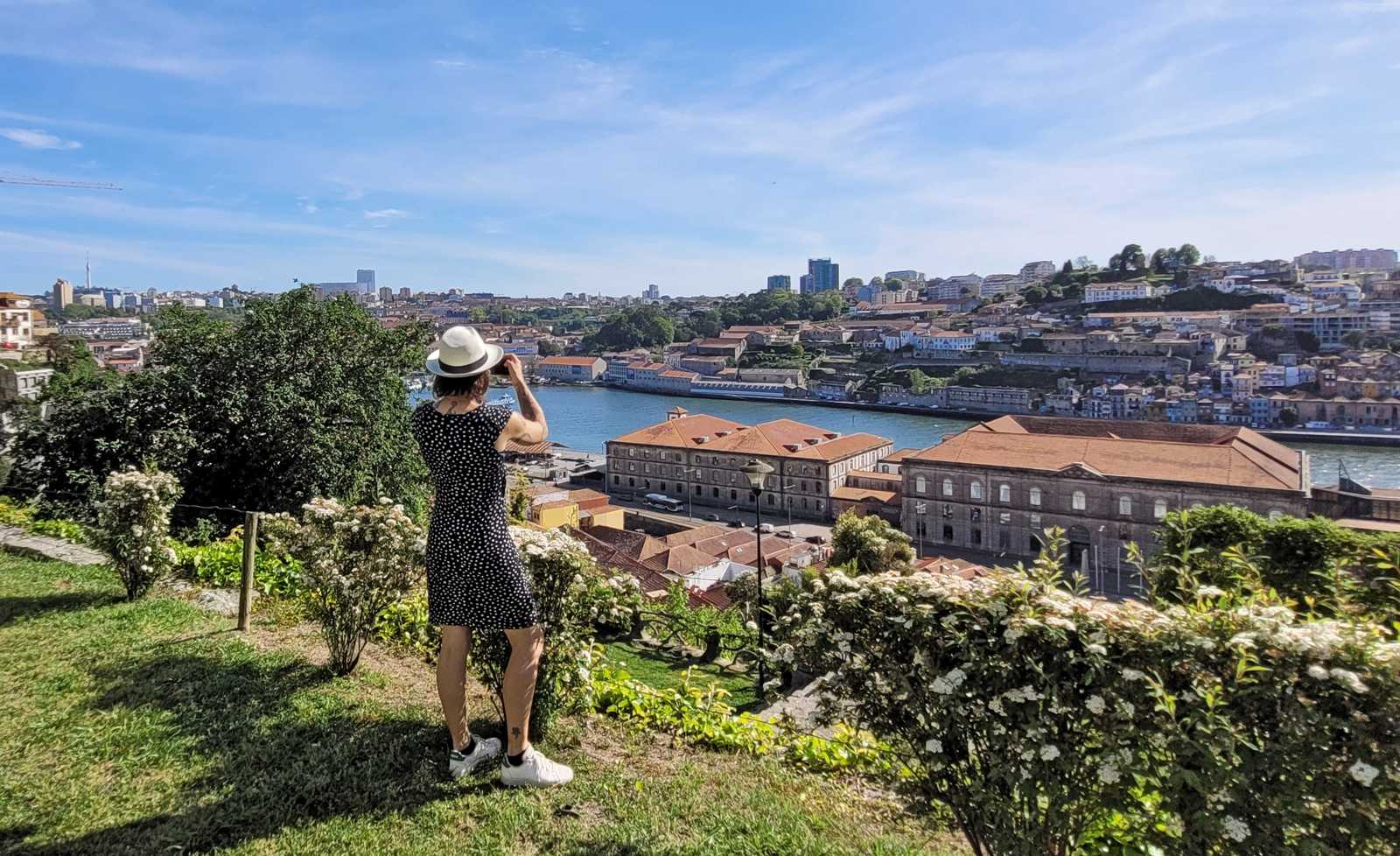Rua da Alfândega, nestled in the heart of Porto, Portugal, is a street rich in history and culture. This charming area offers a glimpse into the past, making it a perfect destination for history enthusiasts and curious travelers alike. Whether you’re planning a visit or simply want to learn more about this fascinating location, here’s everything you need to know about exploring Rua da Alfândega.
A Walk Through History
Rua da Alfândega is more than just a street; it’s a journey through time. As you stroll along its cobblestone paths, you’ll be surrounded by buildings that tell stories of Porto’s vibrant past. The street’s name, which translates to “Customs Street,” hints at its historical significance as a hub for trade and commerce. In the 19th century, this area was bustling with merchants and traders, contributing to Porto’s growth as a major port city.
One of the most notable landmarks on Rua da Alfândega is the Alfândega do Porto, a former customs house that now serves as a cultural and conference center. This impressive building, designed by the renowned French architect Jean-François Colson, is a testament to the city’s architectural heritage. Visitors can explore its exhibitions, which often focus on Porto’s maritime history and its role in global trade.
Architectural Marvels
Rua da Alfândega is a treasure trove of architectural wonders. As you explore the street, you’ll encounter a mix of styles that reflect the city’s diverse influences over the centuries. From Baroque to Neoclassical, the buildings here showcase the evolution of Porto’s architectural landscape.
One must-see is the Church of São Francisco, located just a short walk from Rua da Alfândega. This Gothic church, with its stunning Baroque interior, is a masterpiece of religious architecture. Its intricate wood carvings, covered in gold leaf, are a sight to behold and offer a glimpse into the opulence of Porto’s past.
Another architectural gem is the Palácio da Bolsa, or Stock Exchange Palace. This 19th-century building, with its grand façade and opulent interiors, is a symbol of Porto’s economic prosperity during the Industrial Revolution. Guided tours are available, allowing visitors to admire its exquisite Arab Room and learn about the city’s commercial history.
Cultural Experiences
Rua da Alfândega is not just about history and architecture; it’s also a vibrant cultural hub. The street and its surroundings are home to numerous museums, galleries, and cultural institutions that offer a deeper understanding of Porto’s heritage.
The Museu de Arte Contemporânea de Serralves, located nearby, is a must-visit for art lovers. This contemporary art museum, set within a beautiful park, features works by both Portuguese and international artists. It’s a great place to unwind and appreciate modern art in a serene setting.
For those interested in Porto’s maritime history, the Museu do Carro Eléctrico, or Tram Museum, provides a fascinating look at the city’s transportation evolution. Housed in a former power station, the museum showcases a collection of vintage trams and offers insights into how these vehicles shaped Porto’s development.
Practical Tips for Visiting
When planning a visit to Rua da Alfândega, there are a few practical tips to keep in mind to make the most of your experience. First, wear comfortable shoes, as the cobblestone streets can be uneven and require a bit of walking. The area is best explored on foot, allowing you to fully appreciate its charm and historical significance.
Consider visiting during the spring or fall, when the weather is mild and the streets are less crowded. This will give you the opportunity to explore at your own pace and enjoy the sights without the hustle and bustle of peak tourist season.
Lastly, take advantage of guided tours, which are often available for the major landmarks. These tours provide valuable insights and context, enhancing your understanding of the area’s history and significance.
